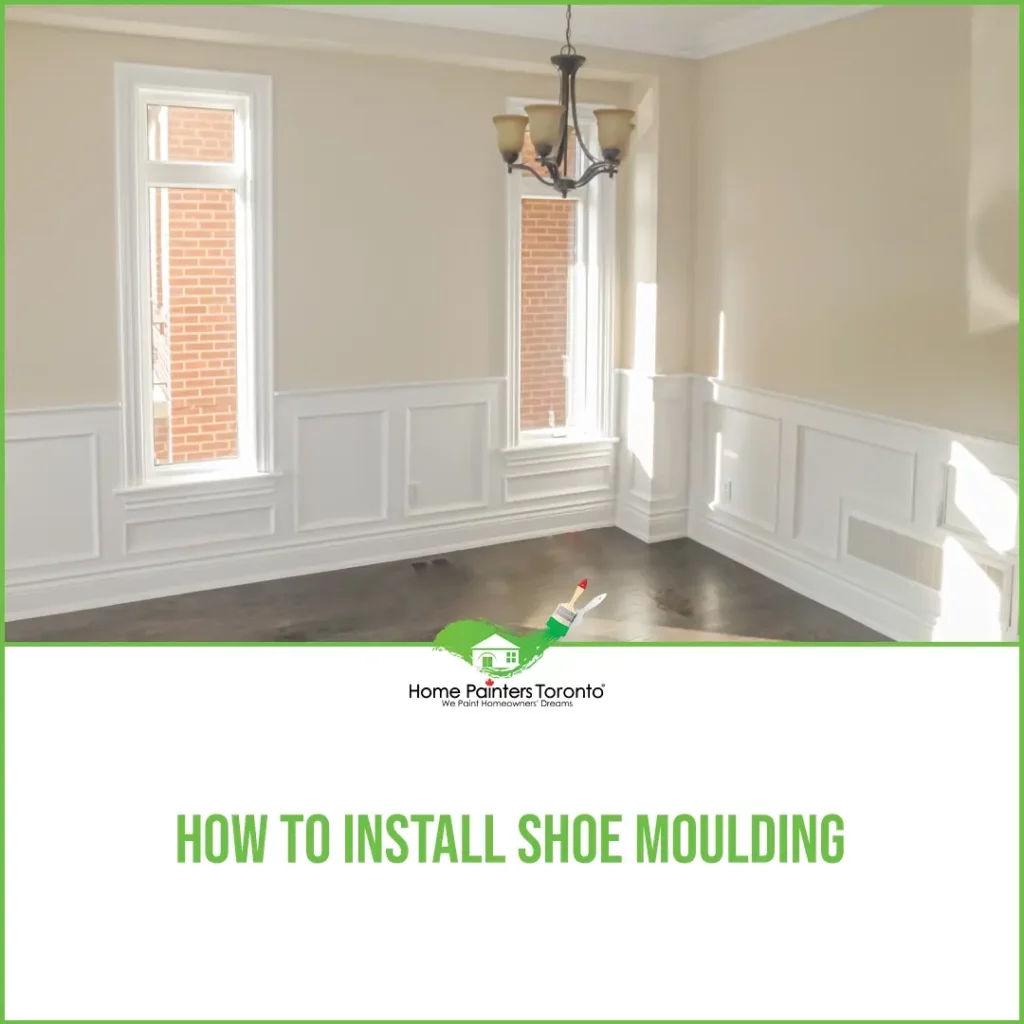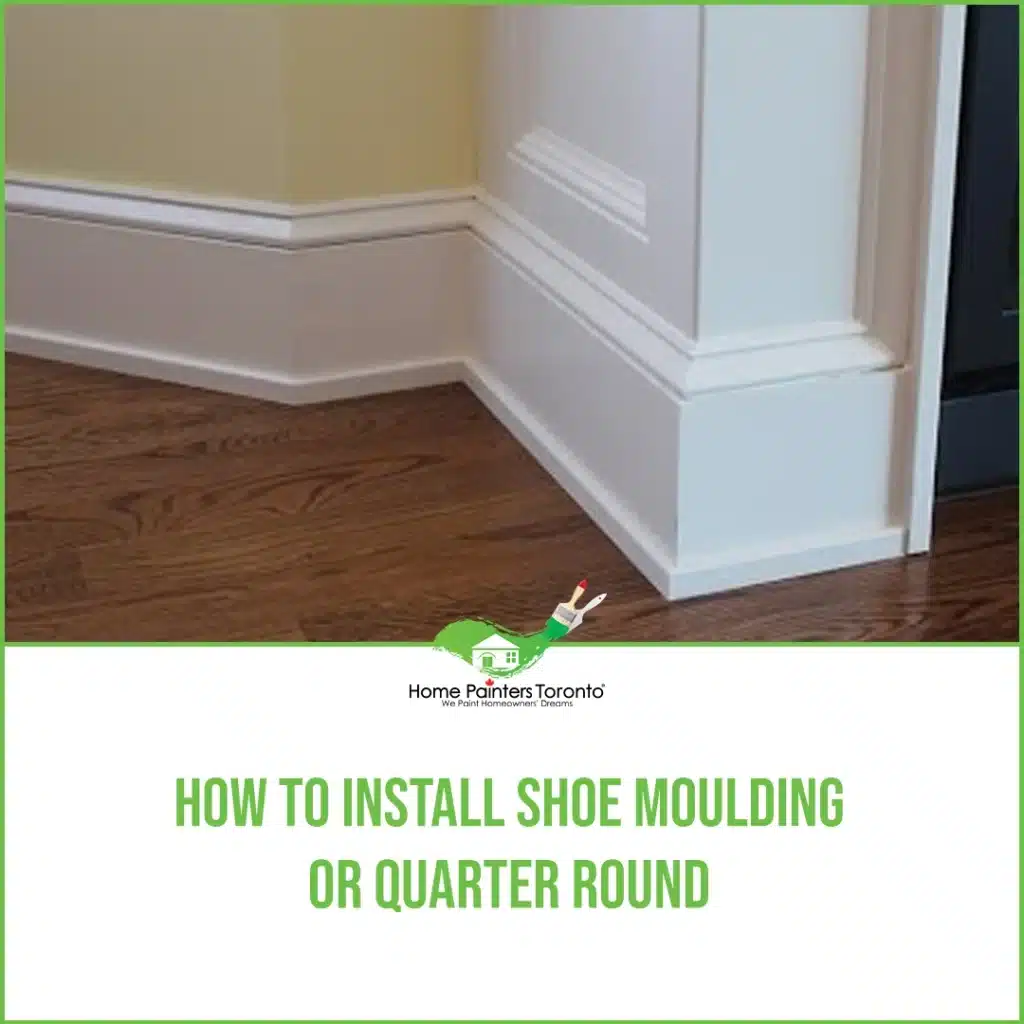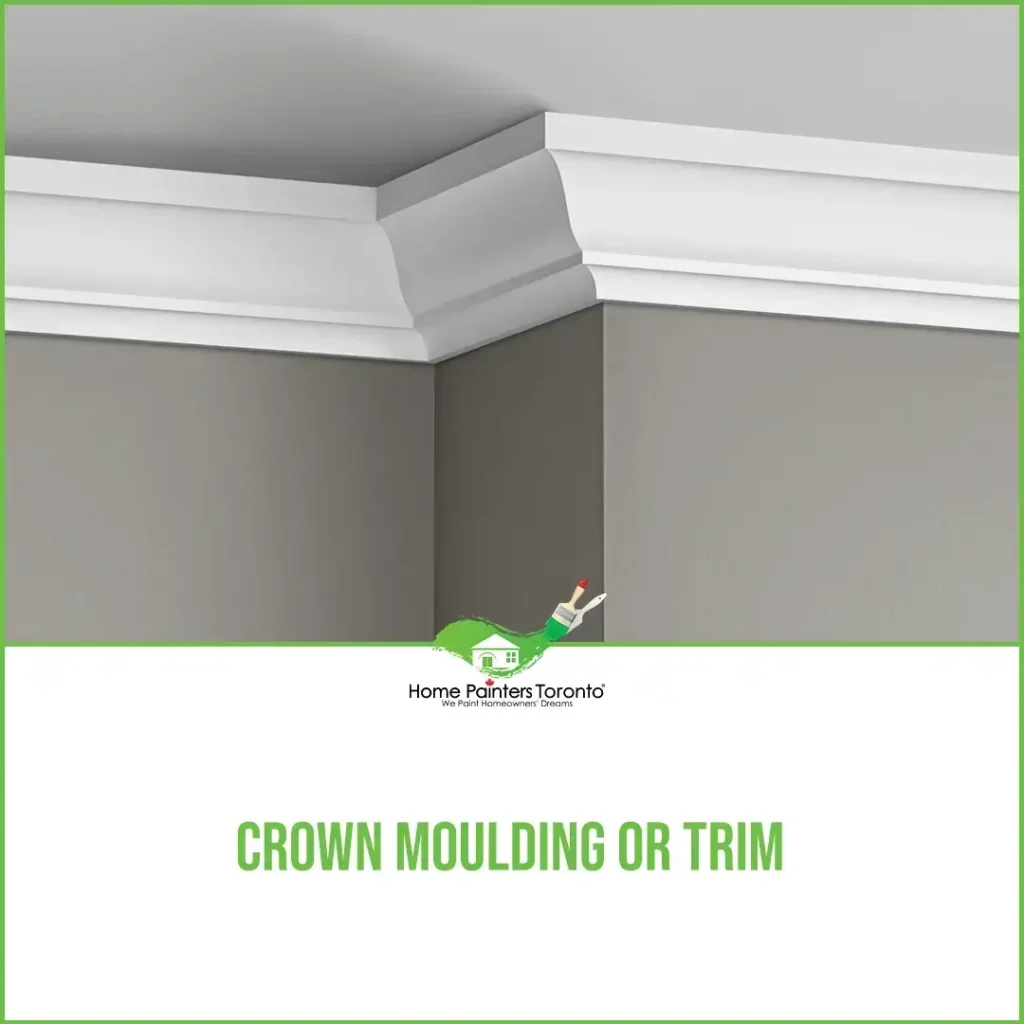
Similar to most carpentry jobs, shoe moulding can be installed with a hammer and nails. A nail gun can take its place and make it easier when shoe moulding around doors and inside tight corners. The options don’t stop there, so read on to learn how to install shoe moulding with or without nails!
What Is Shoe Moulding?
Shoe moulding, also referred to as base shoe or shoe base, is a thin strip of moulding that runs along the bottom of baseboards. It serves two primary purposes:
- Covering gaps: Due to inconsistencies in floor levels or baseboard installation, small gaps might be left between the baseboards and the floor. Shoe moulding conveniently fills in these gaps, reducing dust accumulation and improving the overall appearance.
- Protection: Shoe moulding protects the baseboard’s foot from damage, especially in high-traffic areas where dings and scratches can easily occur.
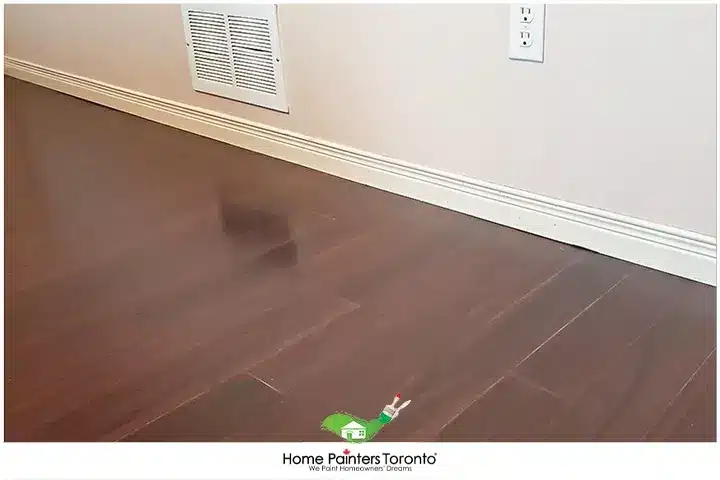
Types of Shoe Moulding
Several types of shoe moulding are available, each coming with its characteristics and aesthetics. Here are the main ones:
- Quarter Round: This type of moulding has a round profile and looks like a quarter circle, hence the name. It’s the most common type of shoe moulding and provides a neat and elegant finish.
- Square Shoe Moulding: Known for its square profile, this moulding provides a more modern, clean-lined appeal to spaces.
- Half Round: With its semi-circular shape, half-round moulding can add a distinctive detail to your baseboards.
- Bullnose: This moulding features a rounded edge on one side and a square edge on the other. It can seamlessly blend into rounded baseboards.
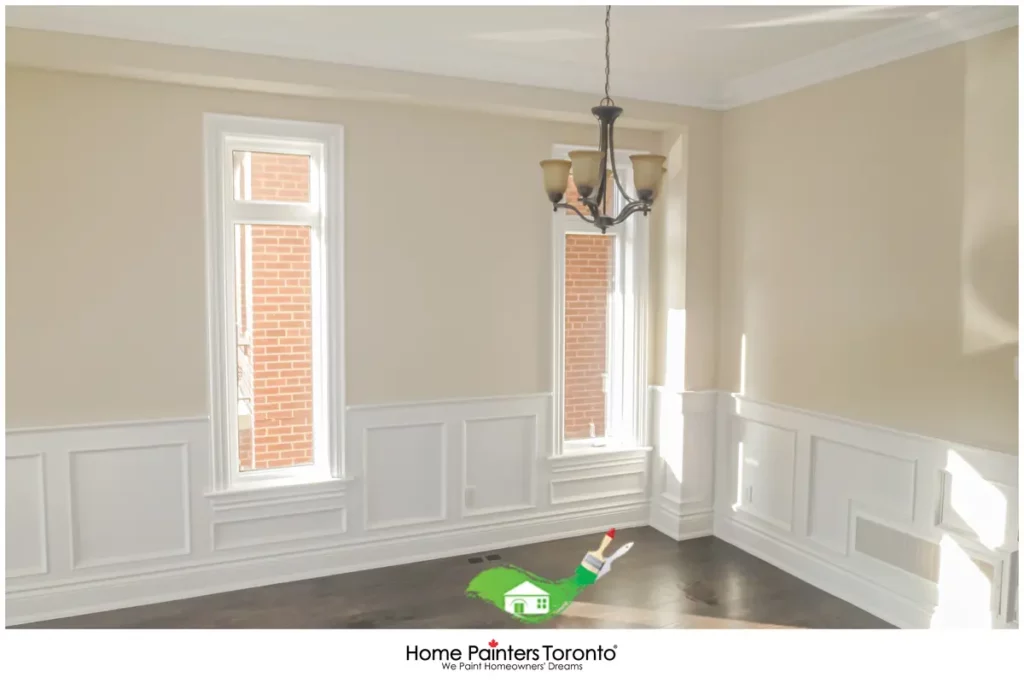
How to Install Shoe Moulding With and Without Nails
After exploring types of shoe moulding, let’s now learn about installing it. While different types of shoe moulding might slightly differ in installation, the general steps involve:
- Matching the moulding: Choose a moulding type that matches your baseboards and the overall decor.
- Measuring and cutting: Measure the length of the walls where you’re installing the moulding and cut your chosen moulding accordingly.
- Installing the moulding: Here are two methods — with nails and without nails.
Materials Needed For How To Install Shoe Moulding:
- Caulk Gun
- Moulding
- Miter Saw
- Glue for Construction Purposes
- Sand Paper
- X-Acto Knife
- Liquid Nails
- Measuring Tape
- Hammer
- Nail Gun
- Nails
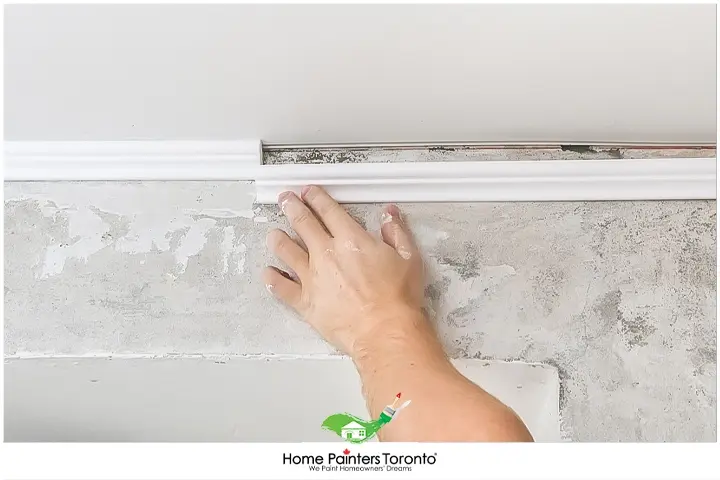
Prep Before Installing the Moulding
- The first thing you need to do how to install shoe moulding is to make sure the moulding is clean. Also, clean around the area where you will be installing it.
- It is an excellent idea to have the moulding already primed and painted, so if that’s what you want, you should do so beforehand.
- A good paint to use for shoe moulding or trims is Sherwin Williams Duration Home Interior Acrylic Latex Paint. It is great at blocking stains and works well for heavy wear and tear areas.
- A lightweight moulding is a good option if you are using construction glue and not using nails.
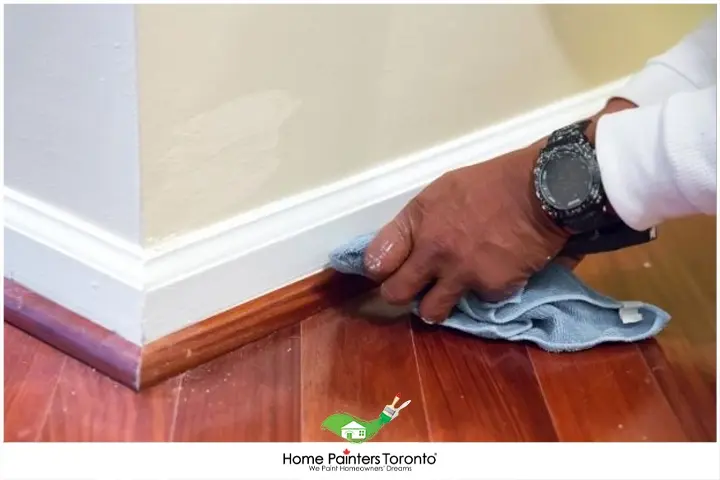
Measuring and Cutting Shoe Moulding to Fit
- With your measuring tape, measure where you will install the shoe moulding. Put the moulding flat against the mitre saw, ensure it is face up and cut it to the measured length.
- You may need to sand the edges for smoother shoe moulding.
- Dry fit the shoe moulding and determine if it will fit correctly. Put it against the wall with the butt and cut pieces up to ensure it all fits into place.
How To Install Shoe Moulding With No Nail
- Pour the liquid nails into the caulk gun cartridge. Cut the tip about 1/4″. Puncture the seal of the canister.
- On a clean work area, lay down the shoe moulding face down and apply a bead of liquid nails in a zig-zag pattern to cover the moulding length.
- Put the moulding up to the wall with the adhesive side facing the wall and press firmly into place.
- • Carefully make sure everything is lined up.
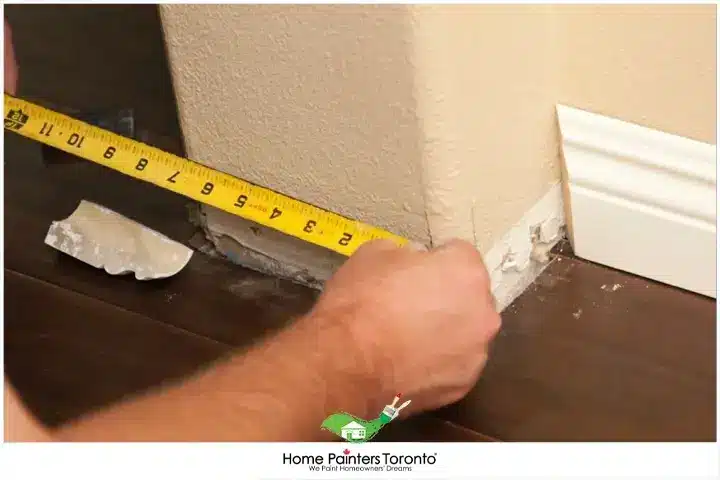
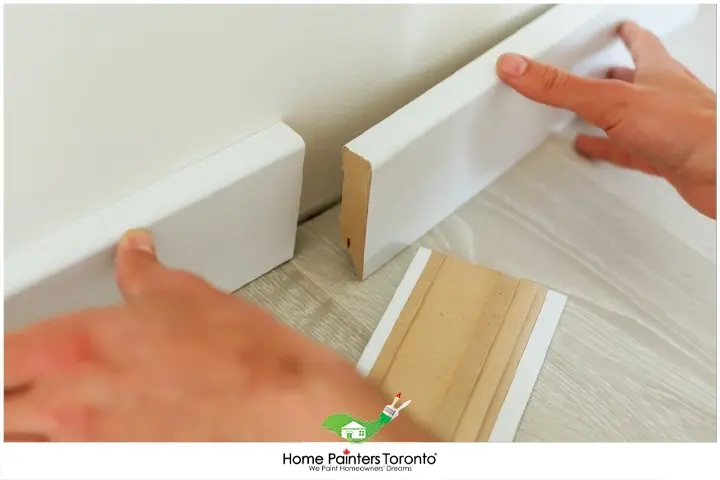
“Traditional” Shoe Moulding Installation
- Use your nail gun or your hammer and nails to secure the shoe moulding firmly to the wall. Evenly space them apart. They should be no closer than 9 inches to each other.
- If you’re wondering, “Which nails should I use for shoe moulding?” the answer is 2″ brad nails for the nail gun.
- How about “What size of nails for shoe moulding?” Try to find smaller finishing nails for your hammer so they’re not so noticeable on the shoe moulding.
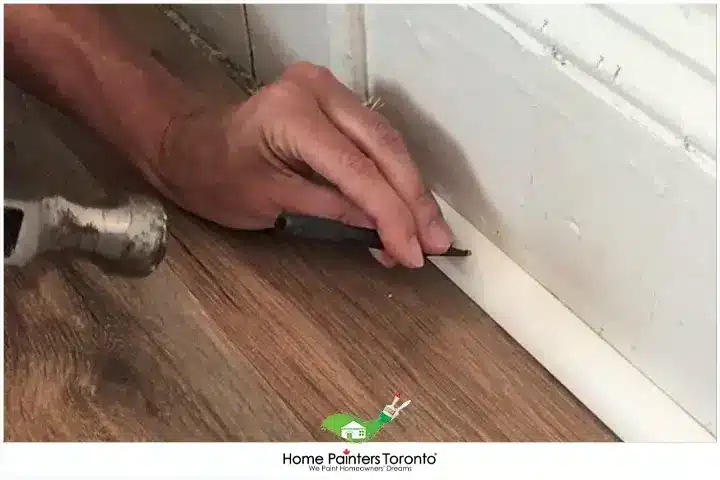
Wrapping Up
Whether you’re looking to refresh your current space or working on a brand-new project, shoe moulding installation is a key element that combines both form and function. A seemingly small touch, shoe moulding installation can make a significant difference.
Can’t find the time or nervous about doing it yourself? Don’t fret — let the professionals handle it. Home Painters Toronto boasts a skilled team of experts who can execute your shoe moulding installation with precision and elegance.
Don’t just take our word for it. Contact Home Painters Toronto today for a free consultation, and let us turn your vision into reality. Your dream home is only a call away!
Don’t forget to visit our Pinterest page for interior painting inspiration!
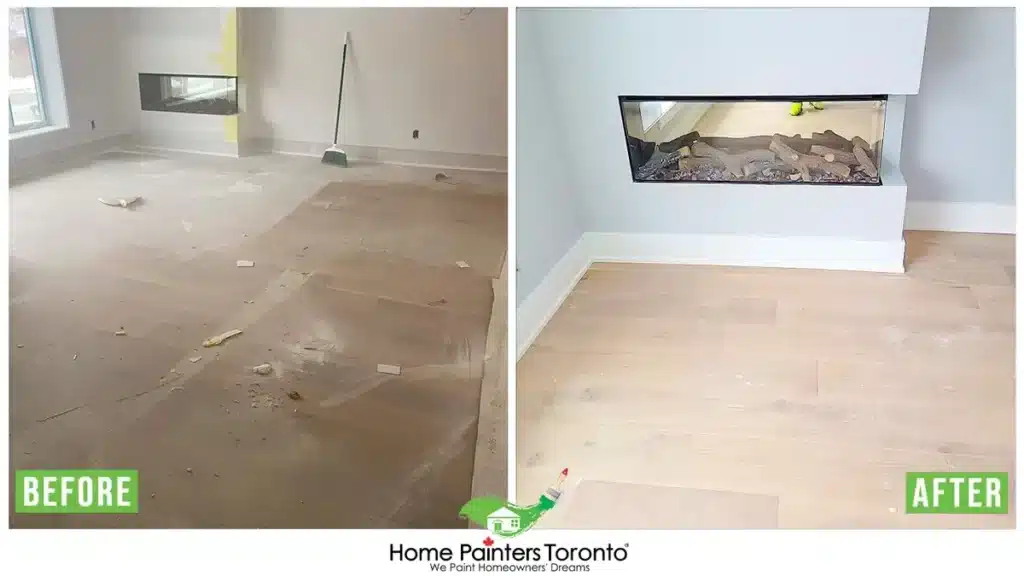
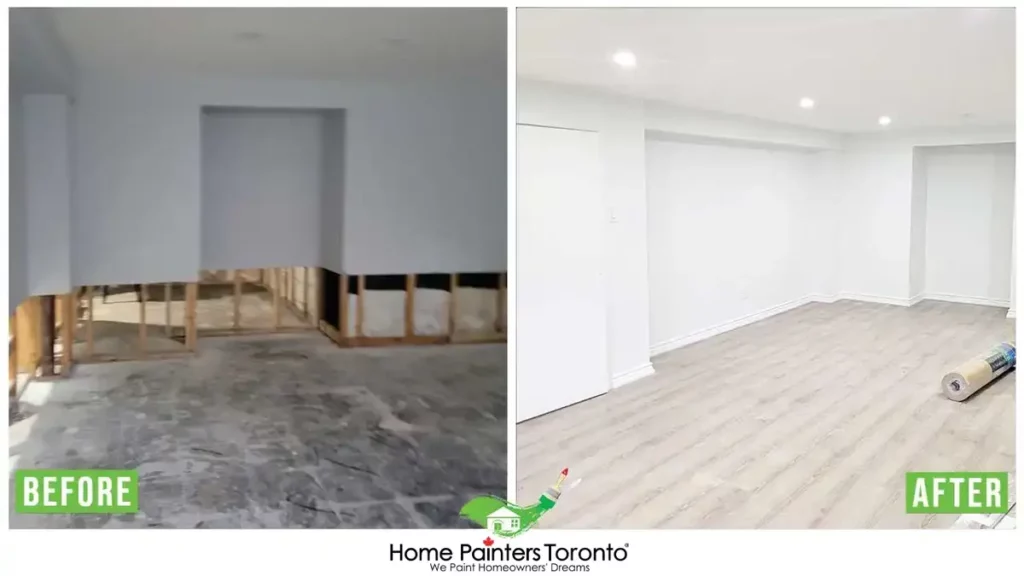
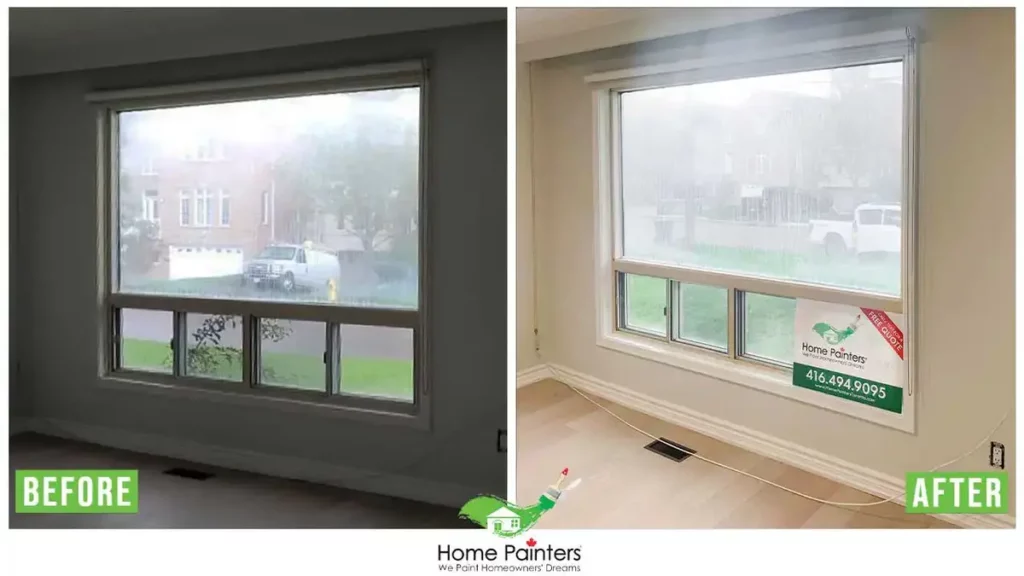
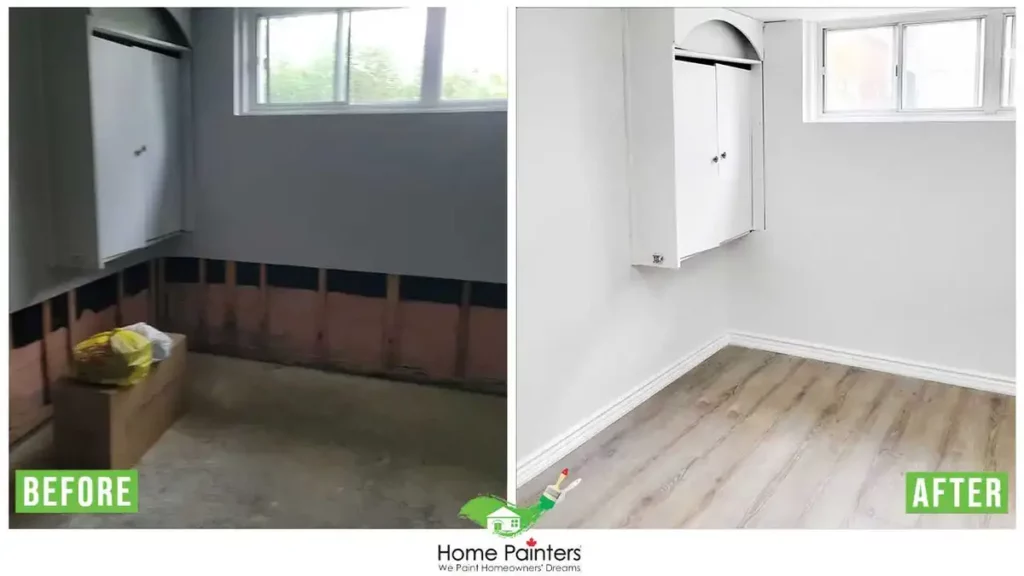
More Interesting Blogs Related to
“How to Install Shoe Moulding With and Without Nails”
With this information, shoe moulding installation will be easy for you to complete. But if you want to hire a professional Toronto carpenter or home painting services for more assistance, why not call Home Painters Toronto? They’re standing by, waiting to serve you today! Call us NOW at 416-494-9095 or [email protected]. And don’t forget to follow us on all our social channels below!


